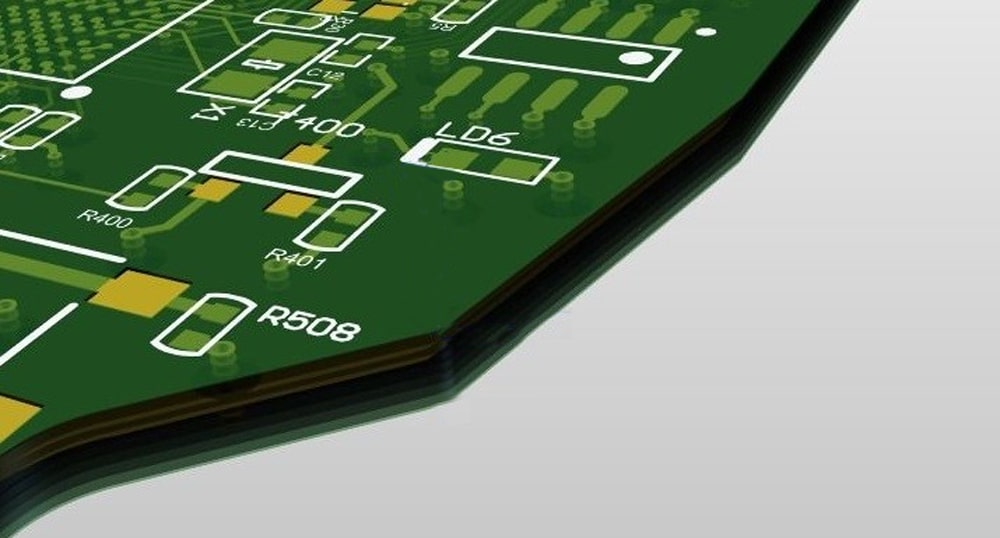Why are most PCBs 1.6mm thick?
07 February 2025
Views: 151
PCB thickness plays a key role in functionality, durability, and compatibility. Of the many PCB thicknesses available, the most common standard is 1.6mm.
1. Historical Standardization
1.6mm PCB thickness became standard during the early development of PCBs. Initially, PCBs were based on FR-4 to replace bulky wiring systems. At the time, 1.6mm was chosen because it was similar to the thickness of materials used in early electromechanical systems. Over time, this thickness was widely adopted as an industry standard.
2. Mechanical Strength
PCBs must be strong enough to support components and withstand handling during manufacturing and assembly. 1.6mm thick PCBs strike a balance between strength and flexibility.
3. Electrical Performance
The thickness of a PCB affects its electrical performance, especially in high-frequency circuits. 1.6mm thick PCBs ensure signal integrity and better heat dissipation.
4. Cost-effectiveness
Manufacturers have standardized the production of 1.6 mm PCBs, making them cheaper than custom thicknesses.
5. Compatibility with components
Electronic components such as connectors, sockets, and mounting hardware are designed with 1.6 mm PCB thickness in mind.
6. Design versatility
1.6 mm PCB thickness provides enough space to accommodate multiple layers. While single and double layer boards are common, multilayer boards with 4, 6, or more layers can also be built within this thickness.
7. Industry standards and regulations
Many international standards, such as IPC guidelines, recommend 1.6 mm as the standard PCB thickness. This ensures consistency across manufacturers and simplifies the design and production process. For example, IPC-2221 specifies 1.6 mm as the baseline thickness.
Conclusion
The widespread use of 1.6 mm PCBs is not random - it is the result of decades of optimization and standardization. This thickness provides an ideal balance between mechanical strength, electrical performance, cost-effectiveness, and compatibility with components and manufacturing processes.
Share This Story, Choose Your Platform!















